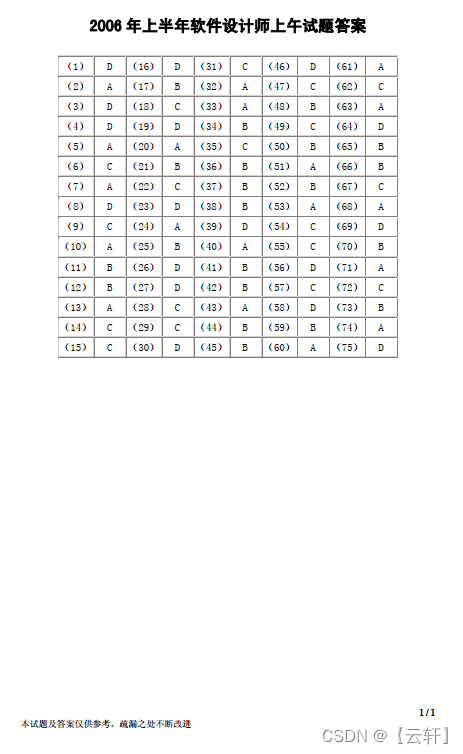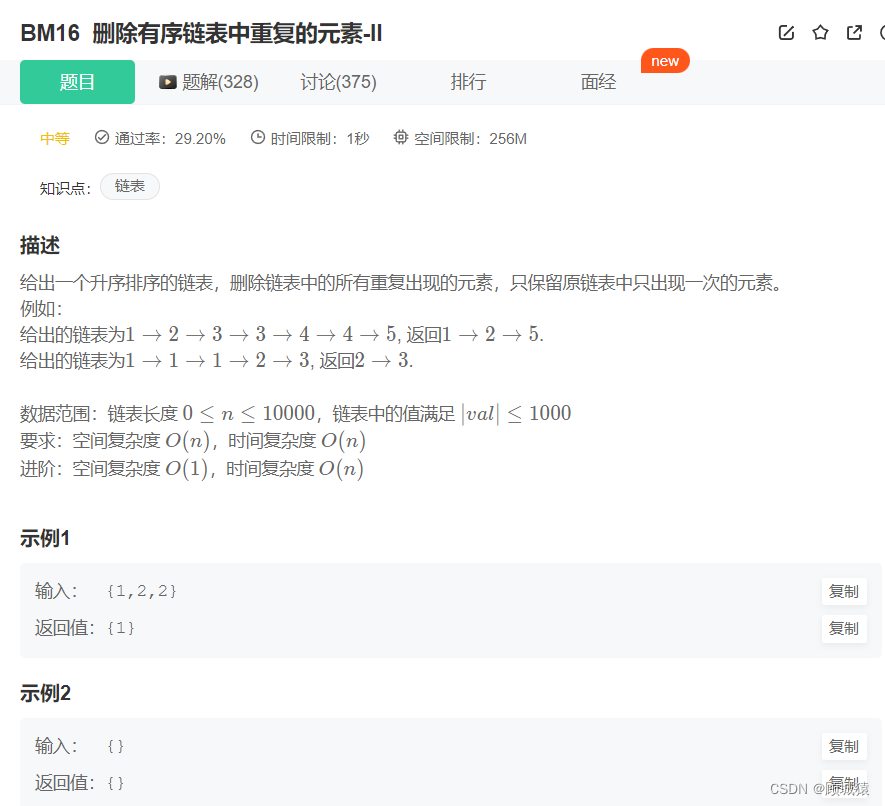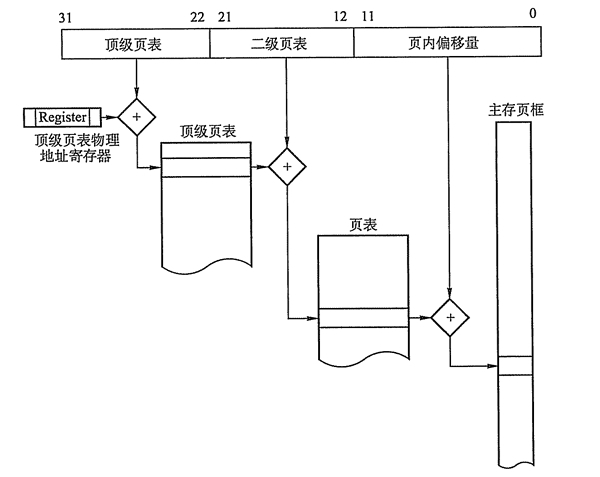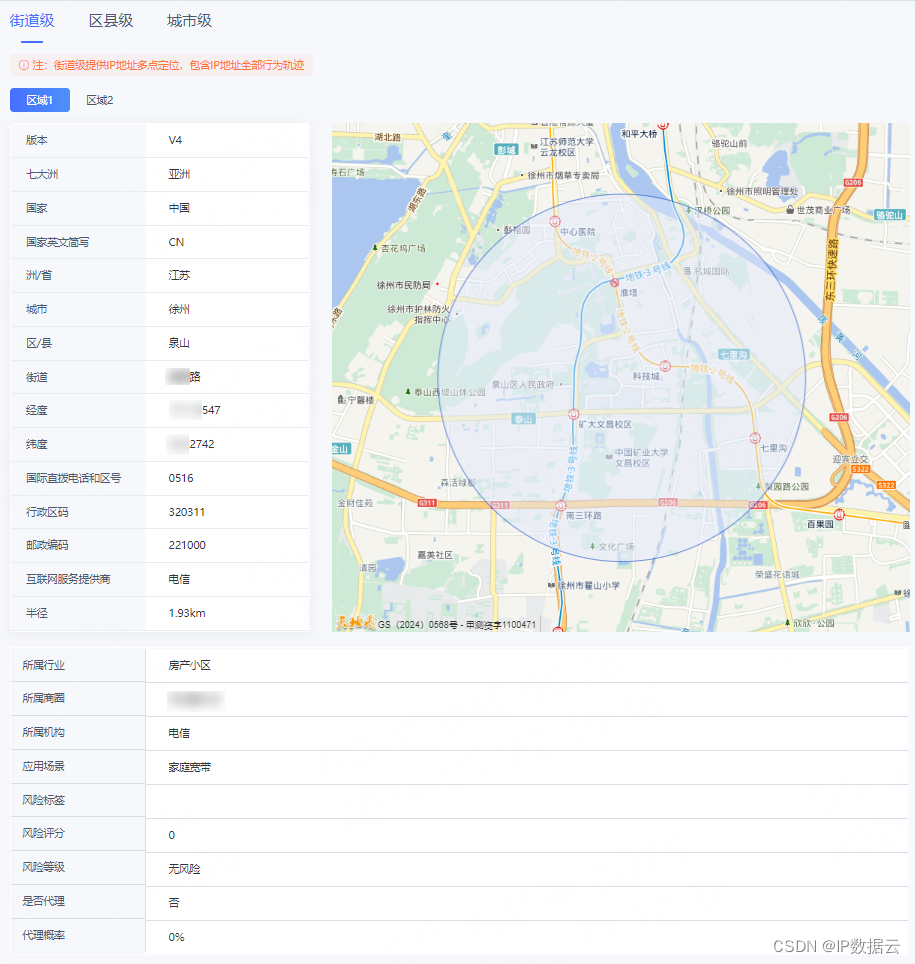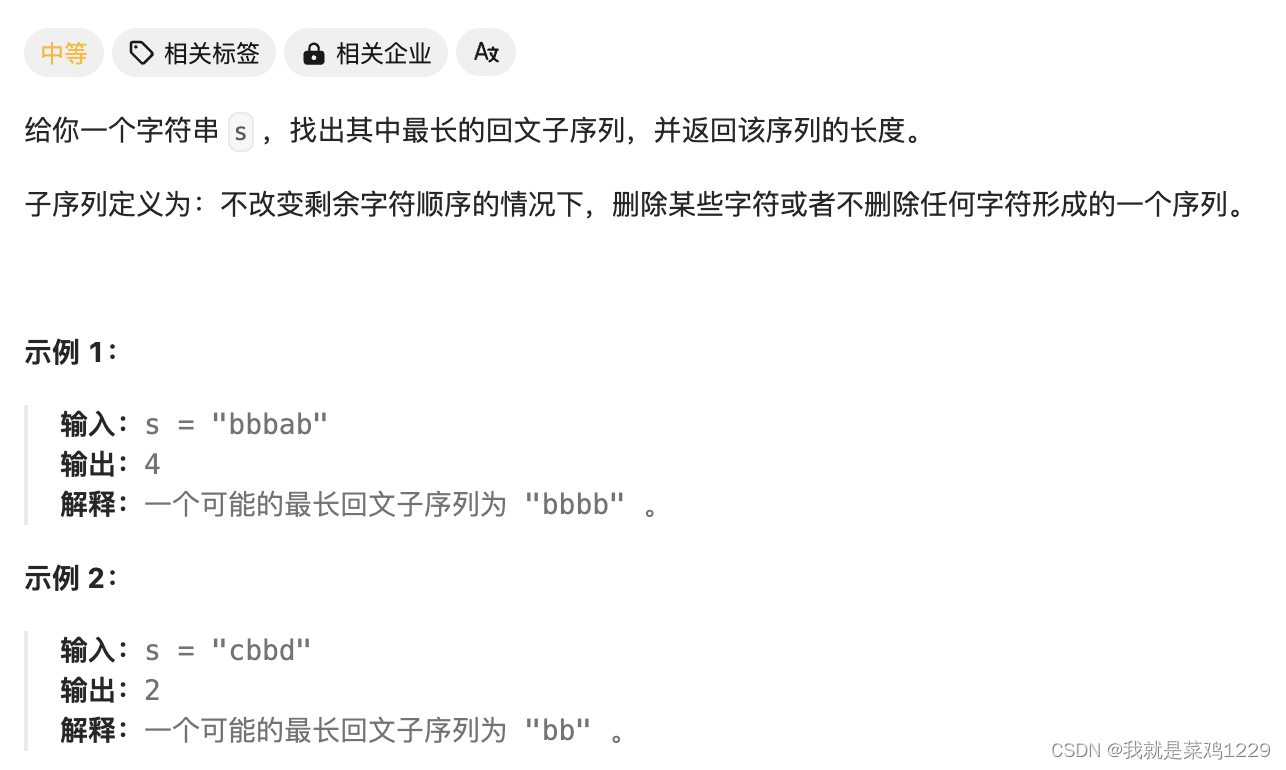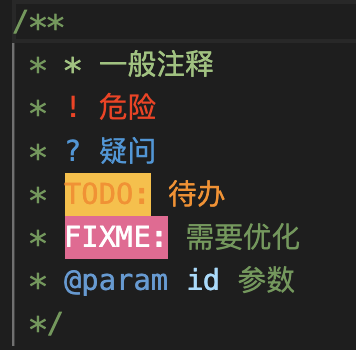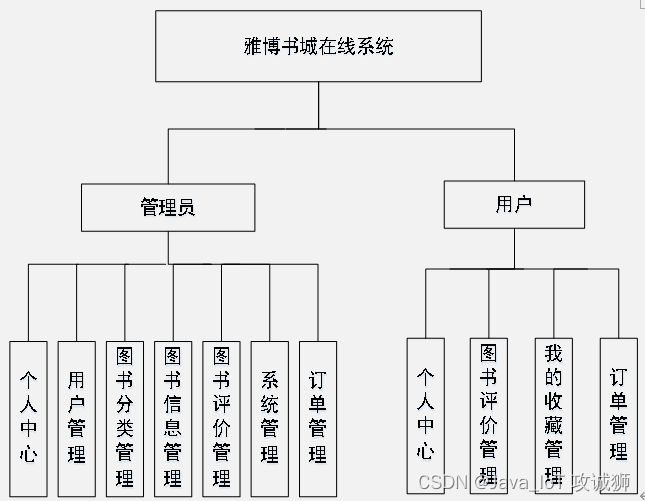多项式回归原理详解
多项式回归(Polynomial Regression)是线性回归(Linear Regression)的一种扩展形式。它通过在输入变量上添加高次项来拟合非线性关系。虽然多项式回归本质上还是线性模型,但它允许模型在输入特征的多项式基础上进行线性拟合,从而捕捉复杂的非线性关系。
1. 多项式回归的数学表达式
假设我们有一个输入特征 x 和输出变量 y,多项式回归模型可以表示为:
y=β0+β1x+β2x2+β3x3+⋯+βnxn+ϵ
其中,β0,β1,β2,…,βn是模型的参数,n 是多项式的阶数,ϵ是误差项。
2. 多项式回归的步骤
-
选择多项式的阶数:选择合适的多项式阶数 n 是模型拟合的关键。阶数过低可能会导致欠拟合,阶数过高则可能导致过拟合。
-
构建多项式特征:将输入特征扩展为多项式特征。例如,对于一个一维特征 x,构建的特征矩阵为

-
拟合模型:使用线性回归方法在多项式特征上进行拟合。
-
评估模型:通过均方误差(MSE)等指标评估模型的性能。
Python代码示例
以下是一个完整的Python代码示例,用于实现多项式回归。我们将使用scikit-learn库来构建和评估模型。
import numpy as np
import matplotlib.pyplot as plt
from sklearn.preprocessing import PolynomialFeatures
from sklearn.linear_model import LinearRegression
from sklearn.metrics import mean_squared_error
# 生成一些示例数据
np.random.seed(0)
x = 2 - 3 * np.random.normal(0, 1, 100)
y = x - 2 * (x ** 2) + np.random.normal(-3, 3, 100)
# 将数据转化为二维数组
x = x[:, np.newaxis]
y = y[:, np.newaxis]
# 可视化原始数据
plt.scatter(x, y, s=10)
plt.title("Original Data")
plt.show()
# 创建多项式特征(例如,二次多项式)
poly = PolynomialFeatures(degree=2)
x_poly = poly.fit_transform(x)
# 创建线性回归模型并在多项式特征上进行拟合
model = LinearRegression()
model.fit(x_poly, y)
# 预测结果
y_pred = model.predict(x_poly)
# 可视化拟合结果
plt.scatter(x, y, s=10, label='Original data')
plt.plot(x, y_pred, color='r', label='Fitted polynomial')
plt.title("Polynomial Regression (degree=2)")
plt.legend()
plt.show()
# 打印模型参数和均方误差
print("Coefficients:", model.coef_)
print("Intercept:", model.intercept_)
print("Mean Squared Error:", mean_squared_error(y, y_pred))
# 尝试不同的多项式阶数
degrees = [1, 2, 3, 4, 5]
for degree in degrees:
poly = PolynomialFeatures(degree=degree)
x_poly = poly.fit_transform(x)
model = LinearRegression()
model.fit(x_poly, y)
y_pred = model.predict(x_poly)
plt.scatter(x, y, s=10, label='Original data')
plt.plot(x, y_pred, label=f'Degree {degree}')
plt.title(f"Polynomial Regression (degree={degree})")
plt.legend()
plt.show()
print(f"Degree {degree} - Coefficients:", model.coef_)
print(f"Degree {degree} - Intercept:", model.intercept_)
print(f"Degree {degree} - Mean Squared Error:", mean_squared_error(y, y_pred))
代码解释
- 数据生成:我们生成了一些具有二次关系的示例数据,其中加入了随机噪声。
- 数据预处理:将数据转化为二维数组,以便后续处理。
- 多项式特征构建:使用
PolynomialFeatures类构建多项式特征,这里示例为二次多项式。 - 模型拟合:使用
LinearRegression类在多项式特征上进行拟合。 - 结果预测和可视化:预测结果并绘制原始数据和拟合曲线,便于观察拟合效果。
- 模型评估:打印模型参数(系数和截距)和均方误差(MSE)以评估模型性能。
- 不同阶数的多项式回归:尝试不同的多项式阶数(1到5),并分别进行拟合和评估。



